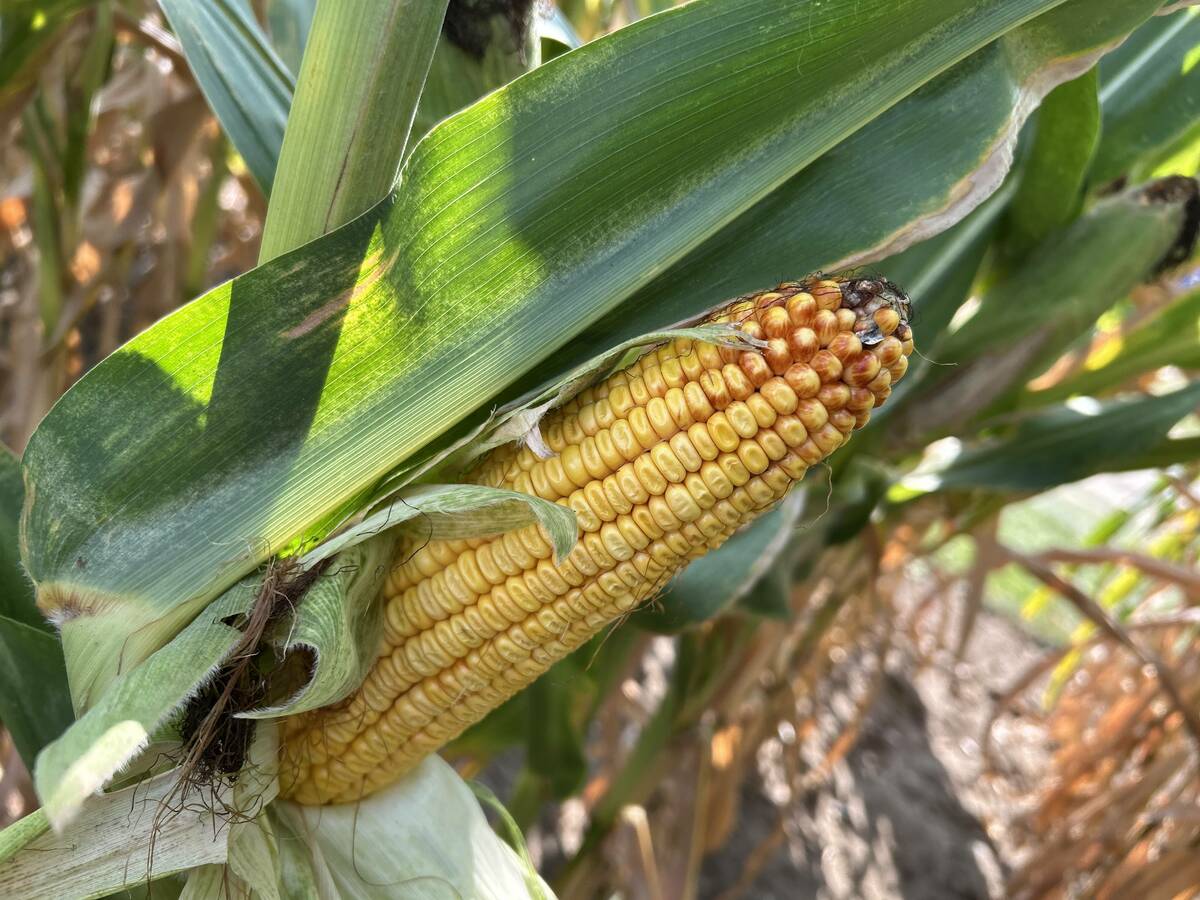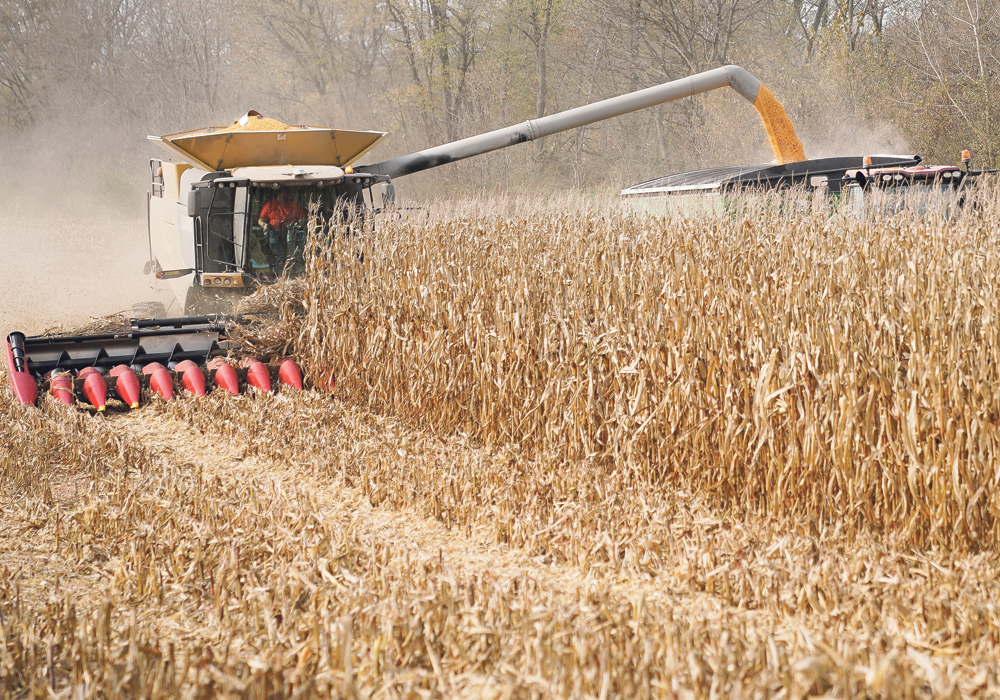An expected estimate reduction would drop the stocks-to-use ratio to 11 percent and significantly affect prices
Todd Hultman hears the same message from every U.S. corn farmer he encounters.
“They are all saying to me, ‘when is the USDA going to recognize we have problems in the corn field?’ ” said DTN’s lead analyst.
He recently spoke to a group of growers in eastern Nebraska, a region that experienced the best growing conditions of the entire corn belt.
Their crop was planted on time and there were no issues with excess moisture.
“They should have had a very good crop, and they’re all telling me yields are probably down 10 to 15 percent,” said Hultman.
Read Also

Crop estimates show mixed results
Model-based estimates used by Statistics Canada showed the 2025/26 crop year has seen increases in canola, corn for grain, oats and lentils production while seeing dips in spring wheat, durum wheat, soybeans and barley in comparison to 2024/25.
If that is the case in one of the country’s least-affected regions, he wonders how the USDA came up with an average yield estimate of 167 bushels per acre, a five percent decline from the previous year.
Hultman acknowledged that growers have a tendency to underestimate yields, but there is another factor that lends credence to this year’s tales of woe.
The corn basis is narrower than it has been in a long time during the post-harvest period, which provides confirmation that the corn crop is indeed smaller than the USDA is forecasting.
He wonders if this year’s strange growing season is exposing a weakness with the USDA’s yield modelling system.
An estimated 15 million acres of corn were planted after the government’s June survey, which is highly unusual.
Hultman’s colleague, DTN senior meteorologist Bryce Anderson, said corn that was planted in April on his farm in southeastern Minnesota averaged 237 bu. per acre, while corn planted in June on the same farm yielded 162 bu. per acre.
And then there is South Dakota and southwestern Minnesota, where the corn crop was seeded late, endured horrible growing conditions and ended the year covered in snow.
Add it all up and it is hard to fathom that the USDA will stick with its current production estimate.
“The 13.66 billion bu. is being widely met with skepticism throughout the country,” he said.
Hultman’s best guess is that the USDA will shave 300 to 400 million bu. off of that estimate, which would drop the stocks-to-use ratio to 11 percent from 14 percent and have a profound impact on prices.
An 11 percent stocks-to-use ratio would equate to an average cash price in the low US$4 per bu. range, up from the average of about $3.70 per bu. as of late December.
“There is room on the upside if this turns out to be correct,” he said.
Hultman expects the USDA to make adjustments starting with its next World Agricultural Supply and Demand Estimates report due out on Jan. 10, although the reduction may not be fully accounted for until the next stocks report on March 31.
He said a higher corn price should bolster wheat prices as well.
Doug Simon, commodity broker with Tredas, said the USDA may also have to use an eraser on its feed use estimate.
The U.S. has the largest cattle-on-feed numbers in eight years, and hog and poultry inventories are on the rise because of African swine fever.
Red meat and poultry production is up five percent over two years ago, yet corn feed and residual use is estimated at 5.28 billion bu., which is almost identical to the 5.3 billion bu. in 2017-18.
Simon thinks that number needs to be increased, which would drive down ending stocks even further.
However, he said export sales have been lethargic because of stiff competition from Brazil and Argentina, so the export number might have to be adjusted lower.
Hultman said export commitments were down 42 percent from last year as of late December. He agreed that the poor export performance will likely offset the increased domestic feed use.
The big wild card will be how much corn China has agreed to import in its recent trade agreement with the U.S.
“That could kind of swamp everything we’re talking about,” said Hultman.
















